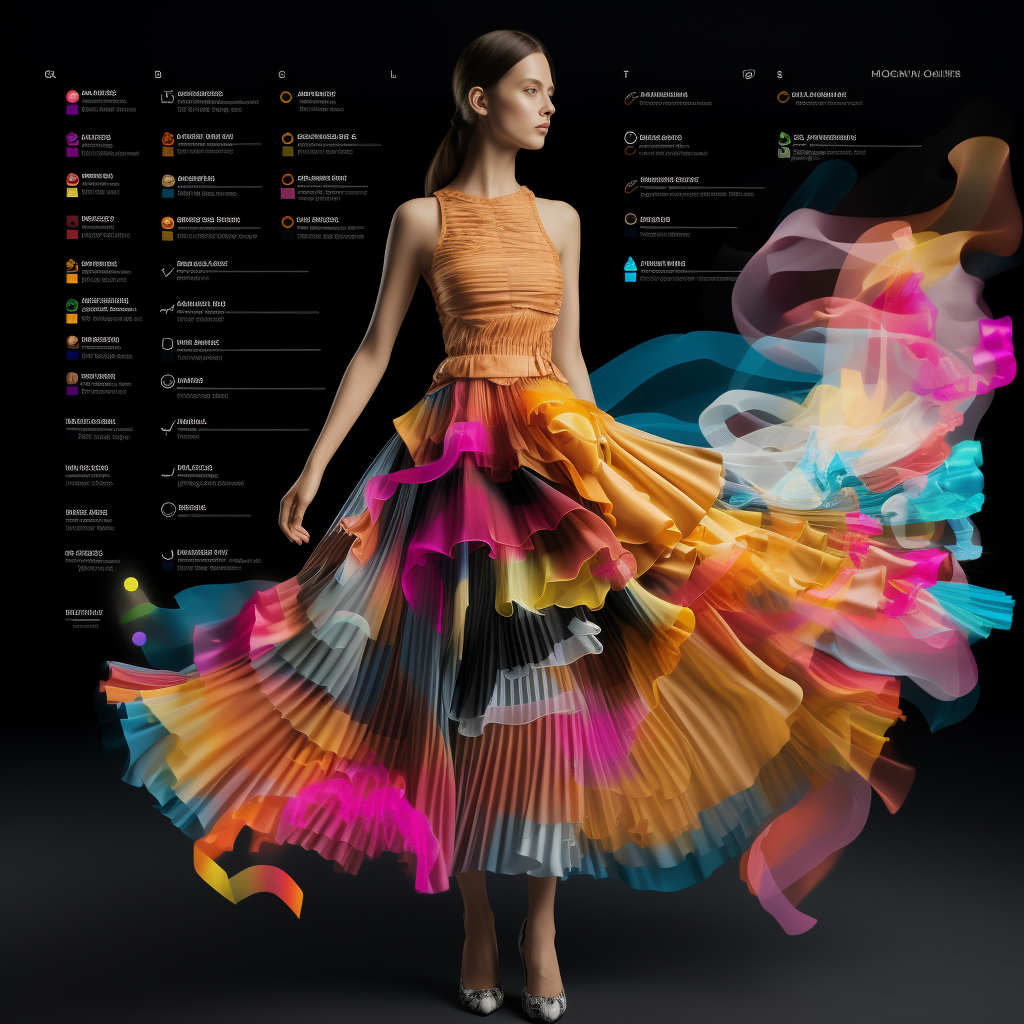Integrating Artificial Intelligence (AI) in various industries has led to groundbreaking innovations, redefining how businesses operate and interact with consumers. One of the most captivating applications of AI is within the fashion industry, where it has the potential to revolutionize design, creativity, and the entire fashion lifecycle. In this blog post, we'll explore the exciting world of AI as the future designer and what it means for fashion enthusiasts, designers, and the industry.
Artificial Intelligence has begun to infiltrate the fashion design process in several innovative ways:
AI-Generated Fashion Designs
Utilizing algorithms and data-driven insights, AI can create unique and trend-responsive designs. AI can generate designs that resonate with a specific target audience by analyzing vast amounts of data, including current trends, historical fashion data, cultural influences, and consumer behaviour.

Customization and Personalization
AI enables the creation of personalized garments that cater to individual preferences, sizes, and styles. By learning from the customer's previous purchases, interactions, and feedback, AI can suggest or even design products that align perfectly with individual tastes.
Virtual Try-Ons and Styling
Through AI-powered virtual reality and augmented reality, customers can try on clothes virtually, experience different styles, and receive personalized styling advice. This tech-driven personalization enhances the shopping experience and aids in decision-making.

Transforming the Designer's Role
The advent of AI in fashion design doesn't mean the end of human creation. Instead, it opens up new possibilities and collaborations:
Enhancing Creativity
AI can act as a creative partner, providing designers with insights, inspiration, and tools to explore new design territories. By handling repetitive and time-consuming tasks, AI frees designers to focus on innovation and artistic expression.
Collaborative Design Process
The synergy between human designers and AI can lead to a more dynamic and responsive design process. Designers can use AI to test and validate ideas, explore different design paths, and create collections more aligned with market demands.

Sustainability and Materials Innovation
AI's data-driven approach can also contribute to more sustainable practices within the fashion industry:
AI's ability to accurately predict trends and consumer preferences helps reduce overproduction and waste, contributing to a more sustainable and responsible industry.
AI can aid in the research and development of sustainable materials, creating eco-friendly and fashionable alternatives.
While the future of AI in fashion design looks promising, there are challenges to consider. Finding the balance between machine efficiency and human creativity will be vital in maintaining the artistry and soul of fashion.
Conclusion
Artificial Intelligence as the future designer marks a transformative phase in the fashion industry. It's not about replacing human creativity but augmenting it, opening new horizons for innovation, customization, and sustainability.
As we embrace this new era, the collaboration between human designers and AI promises to bring a rich and diverse fashion landscape that caters to individuality while embracing technology's efficiency and insights.
Fashion enthusiasts, designers, and industry leaders should look forward to a future where AI not only complements human creativity but elevates it, forging a path that blends tradition with technology, art with analytics, and style with substance.

